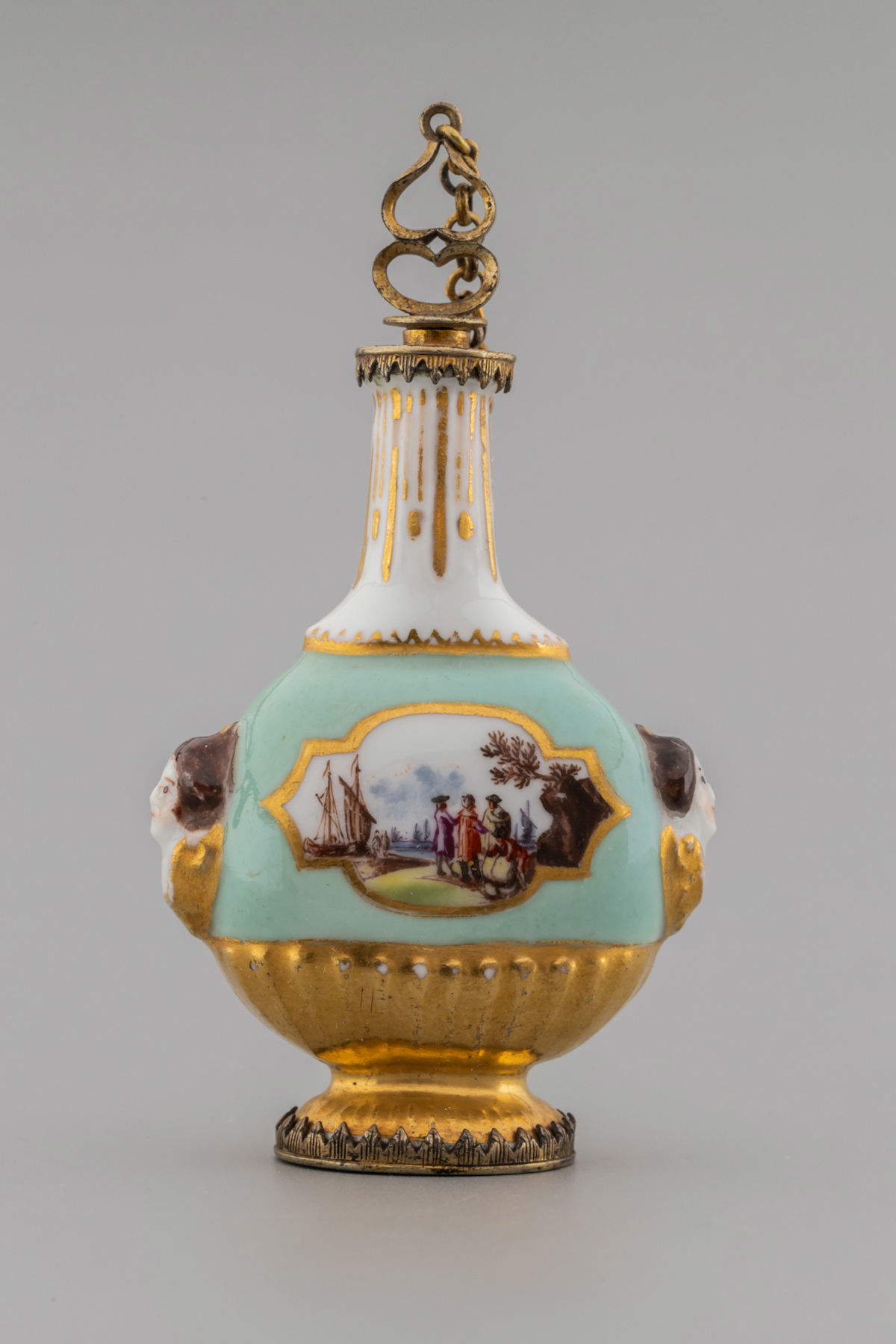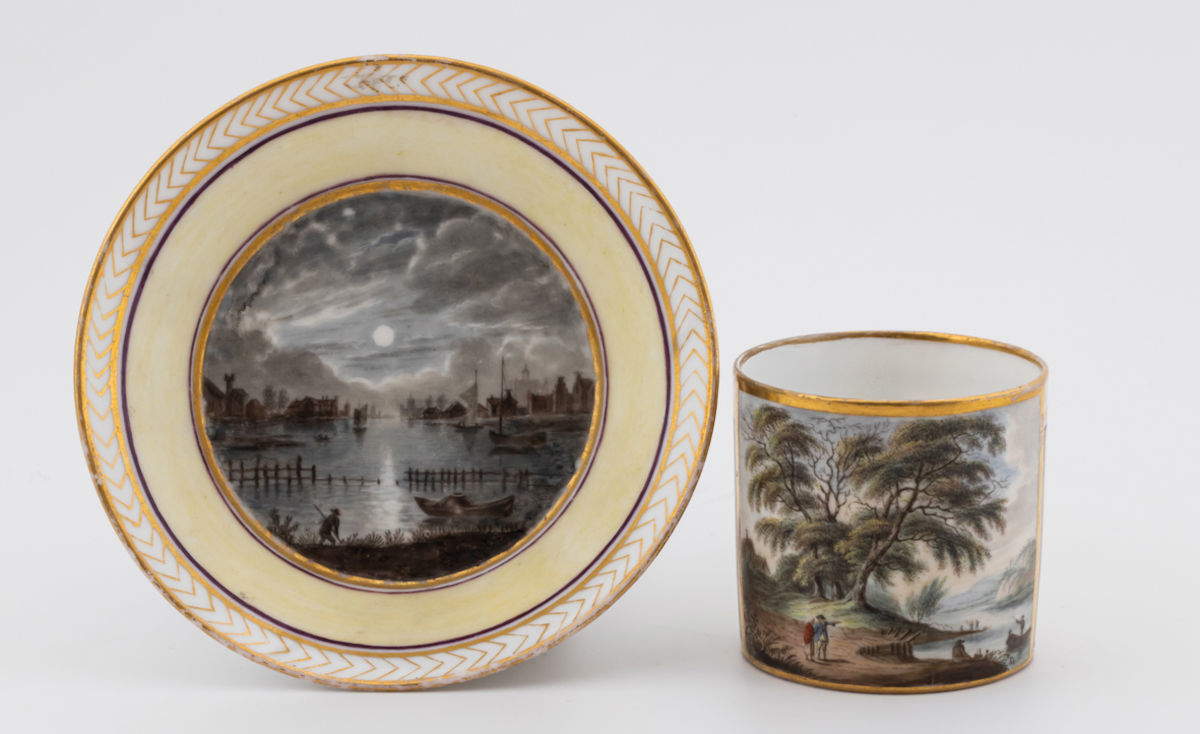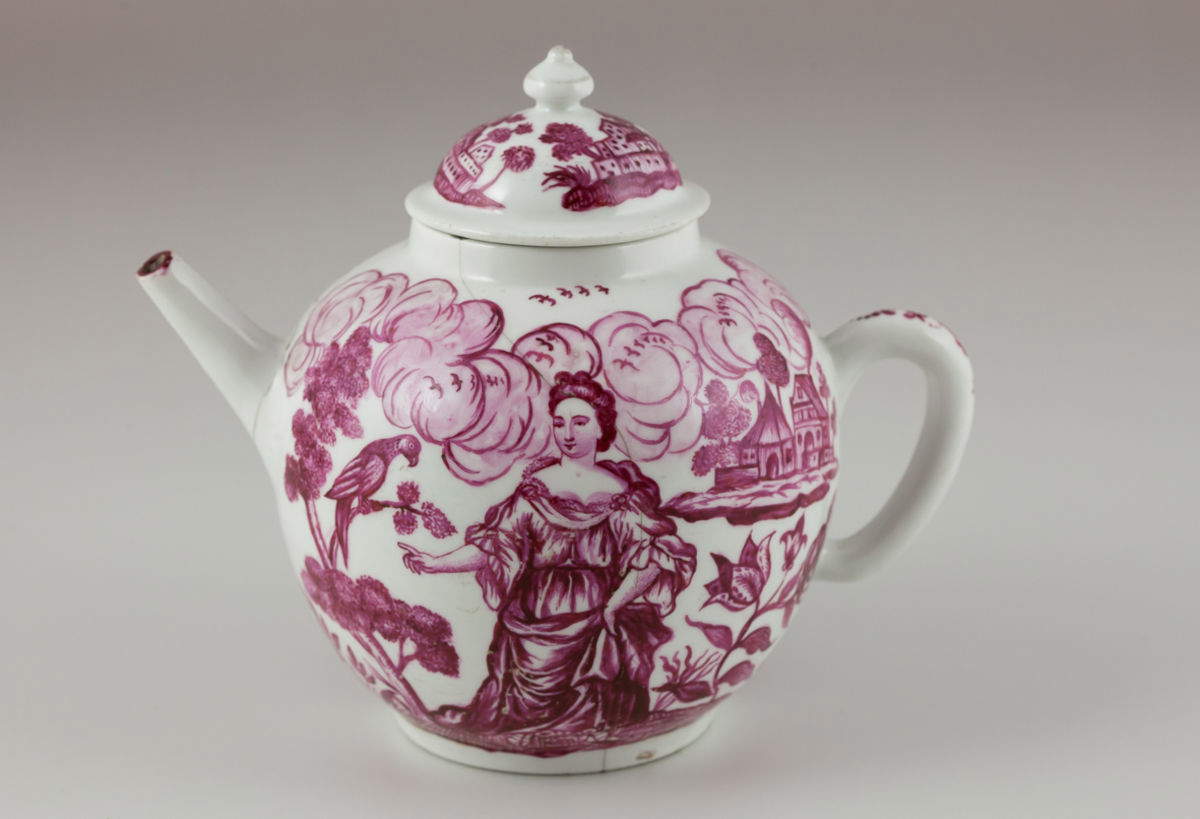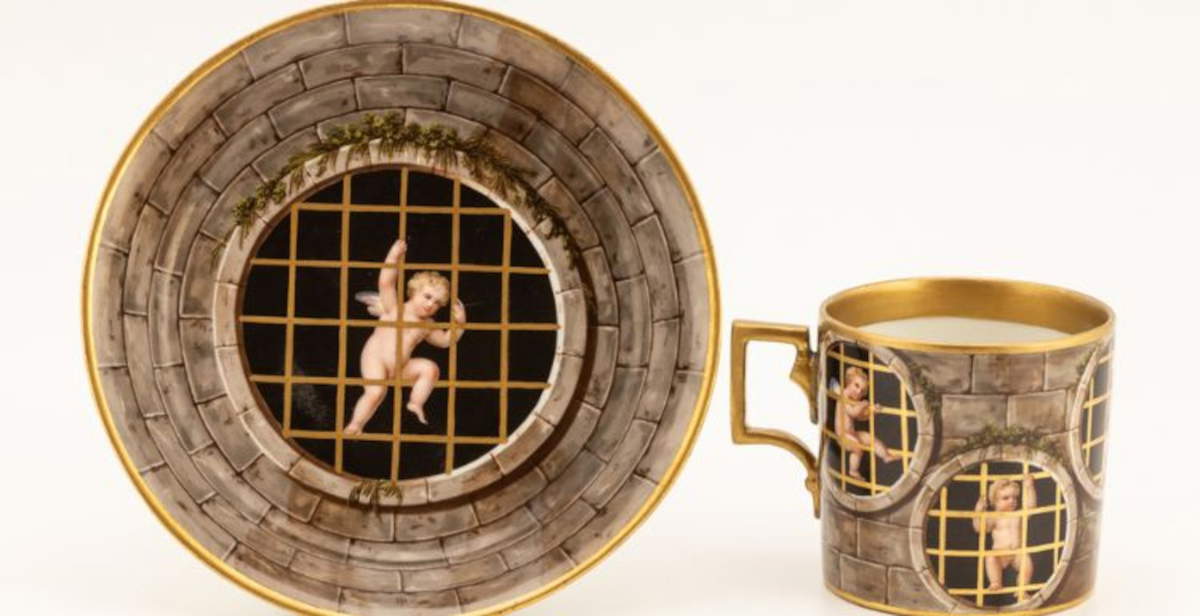From December 14, 2025, the Museo Civico Sartorio in Trieste will host DONAZIONE LOKAR. The Splendor of European Porcelain, an exhibition dedicated to the Lokar Collection, one of the most comprehensive collections of 18th-century European porcelain, donated to the City by Giovanni Lokar and his wife Sonja Polojaz. The opening of the permanent exhibit is scheduled for December 13 by invitation, while the two dedicated rooms will be open to the public with free admission starting the following day. The rearrangement has sought to recreate an environment that combines a modern perception with hints of the golden age of porcelain, offering visitors a historically contextualized experience.
The collection, the result of sixty years of acquisitions, includes more than 550 pieces from more than eighty European manufactures. The holdings document porcelain production from 1709 in Germany, through the entire 18th century, to the first half of the 19th century. The manufactures represented range from German territory to Italy, from Spain to the Czech Republic, from France to Denmark, from England to Russia, configuring the collection as an extremely well-rounded panorama of 18th-century European porcelain.
“This eminent growth of the collections places,” says Giorgio Rossi, Councillor for Culture and Tourism Policies of the City of Trieste, “the Sartorio Museum at the level of the ceramic collections of the most prestigious Italian and European museums, such as the International Museum of Ceramics in Faenza, the British Museum and the Victoria & Albert Museum in London, further increasing the attractiveness of this peculiar and welcoming 18th-century villa, now an environmental museum.”



Within the collection, John Lokar favors examples from the early years of the major manufactures. These seemingly less conspicuous pieces have a high rarity value. Among the artifacts on display, saucer cups predominate, chosen for their ability to enhance the pictorial decoration and gold friezes. There is no shortage of services, plates, coffee pots, teapots and sculptures, all in excellent condition and, when provided, bearing the factory mark. The collector’s choices also reflect the cultural history of Trieste, a city for centuries at the crossroads of Italian and Germanic influences. In particular, Lokar showed interest in the Du Paquier manufacture in Vienna, prized for the balance between the grandeur of its decorations and the sobriety of its lines. In the area of Italian porcelain, the collection shows a particular focus on Venetian manufactures. The first Italian purchase, a saucer from the Vezzi manufactory in Venice, testifies to the interest in Venetian interpretations of Meissen and Vienna models. The collection also includes pieces from the Hewelcke and Cozzi manufactures, and a substantial body of Ginori porcelain recalling the style of Du Paquier.
Among the most notable aspects of the collection is the presence of heraldic porcelain, decorated with noble coats of arms and commissioned by Venetian families between 1730 and 1750. These objects, fragile and intended primarily for the display of social status, document uses and cultural meanings of porcelain in the aristocratic context. Another distinctive feature of the collection is the representation of artifacts from the states of the Holy Roman Empire: over thirty different manufactures are documented, each with its own characteristics. Of particular art-historical interest are the porcelains of the Hausmalers, itinerant painters who worked mainly in Germany, but also in Bohemia, Holland, and England. These artists switched from decorating on glass and faience to decorating on Saxon, Viennese, and Chinese porcelain, becoming diffusers of tastes and styles throughout Europe. Prominent among the itinerant painters was Jacob Helchis, born in Trieste, who was recognized for his ability to transfer subjects and techniques from engravings onto porcelain.


The display of the Lokar collection is sponsored by the Department of Culture and Tourism Policies of the City of Trieste and realized with the contribution of the Friuli Venezia Giulia Region. The donation represents an important transition of a private patrimony to the city’s public heritage, allowing the history of European porcelain to be traced through an exhibition corpus of great breadth and variety. Visitors to the Museo Civico Sartorio will thus be able to access a complete and in-depth view of European porcelain production, from its origins in the 18th century to the middle of the following century, with a reading that integrates technical, stylistic and cultural aspects.
 |
| Trieste welcomes Lokar collection: more than 550 European porcelains at Museo Sartorio |
Warning: the translation into English of the original Italian article was created using automatic tools. We undertake to review all articles, but we do not guarantee the total absence of inaccuracies in the translation due to the program. You can find the original by clicking on the ITA button. If you find any mistake,please contact us.